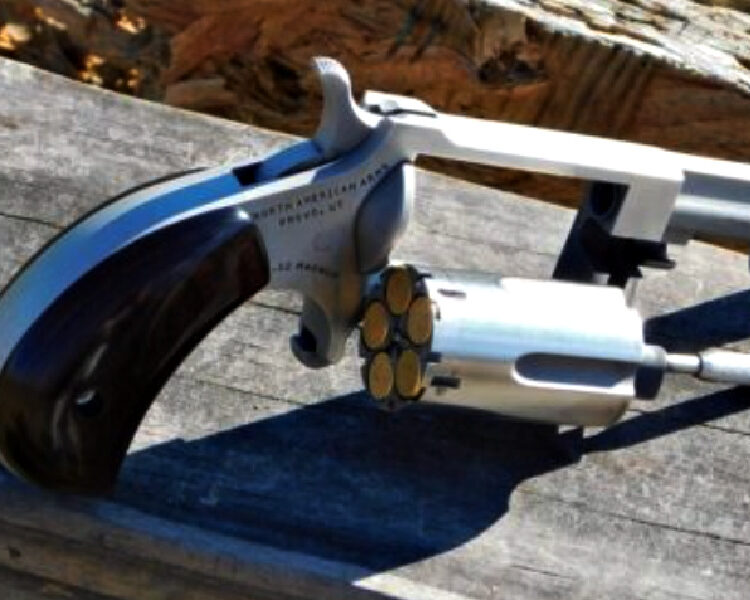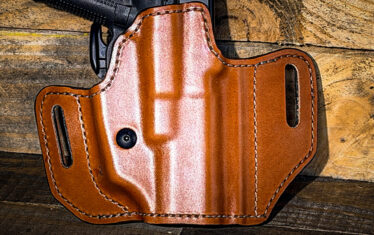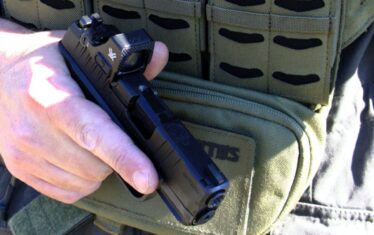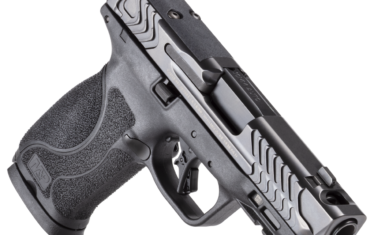Using a .22 rimfire for personal defense is a controversial topic of discussion in the concealed carry world. On one hand, .22 rimfire ammo boasts no felt recoil and little noise. On the other, that lack of felt recoil and noise comes at the cost of power compared to other cartridges. In addition, rimfire ammunition tends to be dirtier and more prone to dud rounds than conventional centerfire ammo. But one rimfire round that seems to defy expectations is the .22 WMR or .22 Magnum.
Over the last decade, more firearms makers have introduced carry handguns in the .22 Mag, while ammo makers have put renewed emphasis on optimizing .22 Magnum ammunition for personal defense. You now have your pick of hollowpoints and FMJ ammunition as well as handguns as large as the Walther WMP and Ruger Single Six to small frame snubnosed revolvers like the S&W 351PD and Ruger LCR. There is also a share of pocket-sized derringers chambered in .22 Mag.
Let’s explore the .22 Magnum cartridge and the ultra-concealable pistols chambered for it to see if smaller is actually better.
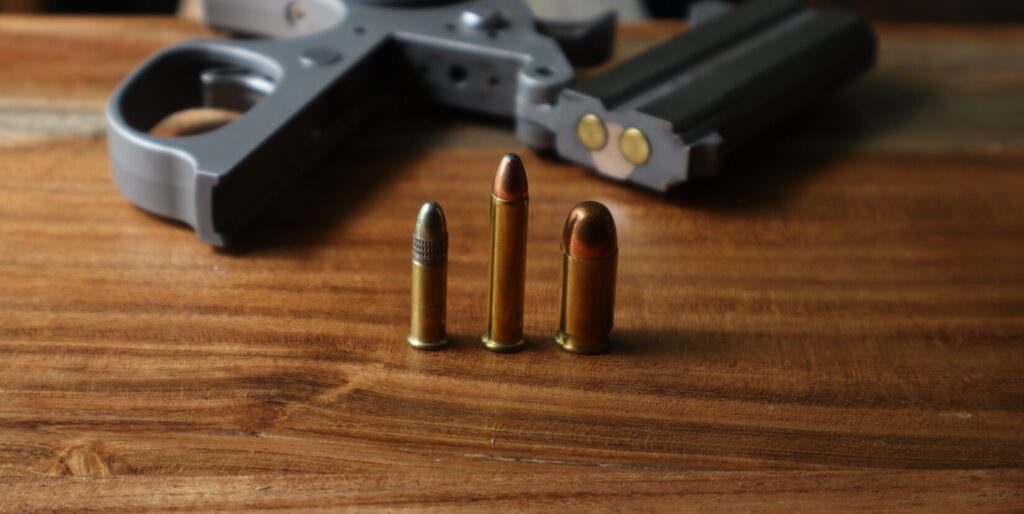
The .22 WMR: A Cartridge History
Through most of the 20th century, the .22 Long Rifle reigned supreme for those who wanted a small game hunting cartridge. It was inexpensive and powerful enough to get the job done, but not so powerful that it could not work in different platforms ranging from pump action rifles to autoloaders.
In 1890, Winchester introduced the .22 WRF, which was an attempt to squeeze more power out of the .22 rimfire platform. It used a longer case than the .22 LR and had an inside-lubricated bullet that was crimped into the case mouth, rather than sitting on top of it like .22 LR. The .22 WRF was more powerful, but that advantage was nearly erased by the first .22 LR high-velocity cartridges that began to trickle into the market in the 1930s.
The .22 Winchester Magnum Rimfire cartridge was introduced by Winchester in 1959 to renew the push to increase the power and range of .22 rimfire ammo. To accomplish this, the .22 WRF’s case was elongated for more powder and a slightly lighter 40-grain jacketed crimped bullet was used. It was a modest improvement over high velocity .22 LR. In the 1960s, those types of rounds consisted of a 40 grain bullet traveling at about 1,280 feet per second. The old WRF could muster 1,400 feet per second. But the new .22 Magnum could push a round at over 1,800 feet per second — a marked difference.

Although it was originally intended for rifles, only a few years after its introduction, Smith & Wesson and Ruger began chambering their revolvers for the round with an eye toward small game handgun hunters. Although there is velocity loss when going down to a handgun, the .22 Magnum round, when fired from a 4-6 inch revolver barrel, exceeded what a .22 LR could do out of a rifle barrel.
Rounds like the .22 Short and .22 LR have always been chambered in small handguns meant for daily carry. Although this was a niche market to be sure, one had to ask, why not upsize the design just enough to take the more powerful .22 Magnum and get the benefits?

The Smith & Wesson Model 51 .22 Magnum debuted in 1960 and was based on the small-framed Model 34 in .22 LR, which itself was built on the same style as Smith’s J-frames then chambered in .38 Special. Later, companies like Ruger, Charter Arms, and Taurus, introduced small double-action revolvers of a similar format. Freedom Arms developed a tiny single-action five-shot revolver in .22 Short and upsized it to .22 Magnum. That design was subsequently sold to North American Arms, who has since taken the concept and ran with it.
Derringer makers have both entered and left the fray. The High Standard Derringer was a unique backup gun that featured a two-barrel design and used a double action trigger without an exposed hammer. Cobra Arms and Davis Industries made poorly produced copies of the Remington Model 95 and chambered them in .22 Magnum. More recently, Bond Arms has put their own spin on the design, and in the realm of ultra-compact .22 Mags, Bond Arms and NAA have largely cornered the market.
Pros and Cons
Most .22 Magnum ammunition is designed to perform best from rifle barrels, both in terms of velocity and bullet expansion. These range from rounds like the CCI Maxi Mag 30 grain +V hollowpoint to Federals 50 grain Game Shok load. The good news is that many of these rounds give excellent penetration, even out of small handguns. The bad news is these rounds fail by modern standards for what we expect handgun rounds to do.
In short, we have come to think that hollow point bullets should expand. To that end over the last ten years, several loads have come out with expansion and penetration in mind. These include the Hornady Critical Defense 45 grain FTX, the Speer Gold Dot 40 grain hollow point, and the Federal Punch 45 grain hollow point.
In my own testing, I found the latter rounds delivered great penetration but not expansion. Thus, you might stick with traditional offerings as it is in the penetration category where the .22 Magnum punches above its weight.
Velocity
Out of snubnosed revolvers and derringers, both the .22 LR and .22 Magnum are robbed of a lot of velocity compared to what you see printed on the factory box. Rounds like the Federal Punch and CCI Stinger can put the .22 LR close to 1,000 feet per second, but standard 40 grain loads can struggle to break the 800-feet-per-second mark. .22 Magnum 40 grain loads like the CCI Maxi Mag JHP or Winchester’s 40 grain JHP loads hover at about 1,000 feet per second, boasting slightly more power over lighter .22 LR rounds like the Stinger. Stepping down to lighter +V rounds can put you at over 1,150 feet per second. Although that does not seem like much, when velocities are this low, an extra 150 feet per second can make a tangible difference.
Penetration
I have shot a lot of .22 LR, .22 Mag. and other small caliber rounds in ballistic gelatin mediums and have come to respect the Magnum. Gel tests are not a perfect medium for a living breathing organism, but it is a comparable one. Using 10 percent gelatin fronted by four layers of denim to simulate heavy clothing, I found that most .22 LR loads struggle to make it ten inches in with wounds as unnoticeable as ice-pick jabs. The Punch and Stinger do slightly more damage out of short barrels but penetrate between 12-14 inches. Most .22 Magnum loads reliably penetrate 14-16 inches, an act that some .38 Special or .380 ACP loads can’t match.
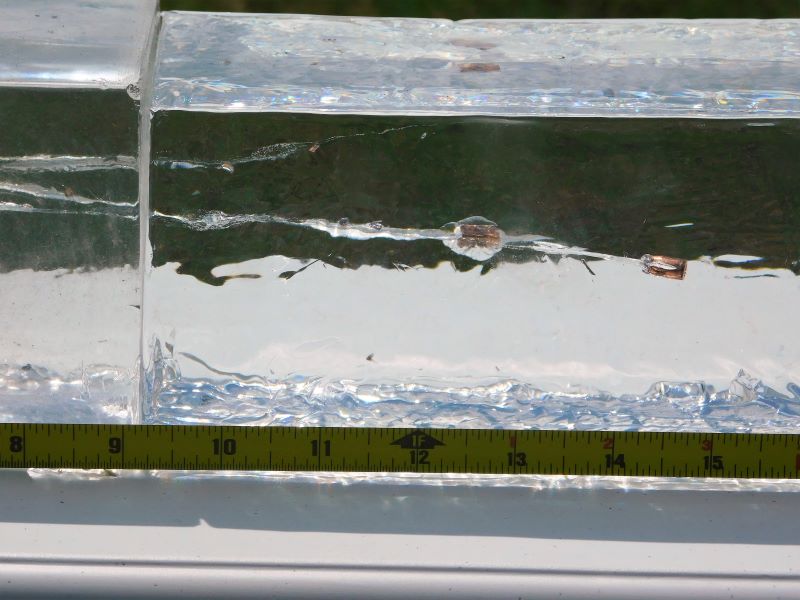
Reliability
Although the .22 Magnum is more than capable of reaching the vital bits, the cartridge and some guns that use it have their disadvantages. The Magnum is still rimfire and has a large rim at the case head. This complicates putting the round into an autoloading pistol as the rounds have to be stacked in the magazine so that one round does not lock with another.
There is still the issue of dud ammunition as well. Although I initially viewed the .22 Magnum as a more reliable cartridge because it is not as cheap and is packaged in small boxes, experience has taught me otherwise and I have found Federal and CCI .22 LR to be more reliable than any of the boutique .22 Magnum defensive loads. Interestingly, standard rifle ammo is where I have had no dud rounds.
The Guns
In terms of firearm availability, the aforementioned rimmed ammo and long case dictate that only revolvers and derringers are viable concealed carry options. But even these firearms have their downsides. Guns like the NAA Mini Revolver and the Bond Arms derringers are single action designs that require the hammer to be cocked for each shot. This is great for accuracy and for keeping the guns as small as possible, but it adds more steps to the firing process.
Double action revolvers can be fired as quickly as you can pull the trigger, but I have always found .22 Magnum guns in this category to have heavier hammer springs compared to their centerfire counterparts. This is to ensure the hammer strikes and sets off those rimfire rounds. Unfortunately, it also translates to a heavier trigger pull.
Why Not Go Bigger?
The .22 Magnum, even when inhibited by a short barrel, has more power and penetrating potential than rounds like the .22 LR and .25 ACP. But at these lower velocities, hollowpoint expansion is dubious at best and unwanted at most.
It is not until you get to 9mm Luger that hollowpoint expansion and good penetration becomes a safe bet. Rounds like .380 and .38 Special are hit and miss, particularly in small handguns.
Given that the .22 Mag can penetrate to similar levels and are chambered in downright puny handguns that lend themselves well to deep cover, going bigger does not necessarily mean better.





